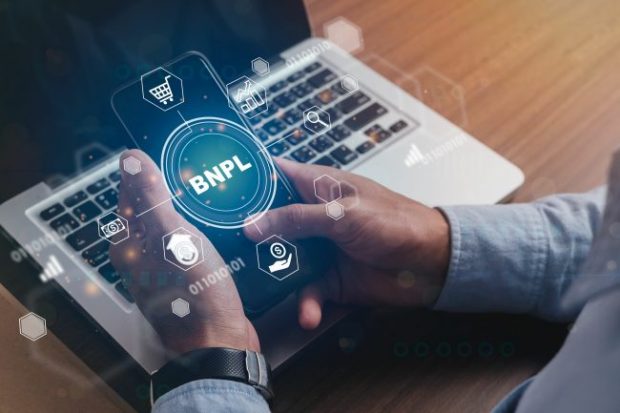 Actual credit cards are still good business for credit unions.
Actual credit cards are still good business for credit unions.
By 2020, Visa predicts consumers will primarily rely on mobile payments for transactions. But Entrust Datacard suggests physical cards will remain a primary payment vehicle for the foreseeable future.
Alyssa Arredondo, director financial vertical marketing at Minneapolis-based Entrust Datacard explained the future of the physical card is going away in some locations, especially in parts of Asia. "But if we just bring it down to the U.S., specifically credit unions, my take on it is that no, the physical card is not going away anytime soon."
Recommended For You
She believes mobile and physical cards will be companions. "I don't think one is going to replace the other. I think they will work in tandem." Part of the reason for that is when looking at the payment ecosystem, while there has been a lot of buildup around mobile, consumer usage does not back the hype.
Arredondo points out the launch of Apple Pay for example. "I think a lot of the industry, including ourselves thought this is going to be a game changer. A physical card is at risk because everybody has an iPhone. Everybody will switch to this. But three years later that's not really the case." She noted the adoption rate is low.
PYMNTS.Com's mobile wallet adoption trackers discloses only 13% of smartphone owners have ever tried Apple Pay and only 3% of smartphone users used it during their most recent shopping trip. Samsung Pay and Android Pay have approximately the same overall usage even though there are more Androids.
The Entrust Datacard director pointed out when the industry went through its EMV migration. many merchants upgraded their terminals to accept near-field communication transactions as well. "What we're finding, and even Visa is pushing this, there's more of an emphasis today, it seems on contactless transactions, with the physical card."
Consumers are not buying it, or more correctly, not buying anything with either method primarily. The PYMNTS.Com's tracker found in June, 2018, 19 out of 20 times Android/Samsung Pay and Apple Pay users shop in store with NFC-equipped EMV terminals, they weren't using mobile payments apps. They used a plastic card.
Part of that has to do with how consumers behave. "I don't have a very compelling reason to switch from my physical card to my phone as my predominant payment method," Arredondo said.
She pointed out consumers are not even receiving any extra incentives, such as increased cashback or more points, for using a mobile wallet. "And frankly it's just easier to use the card. I know that any store I go to I can use a card. I do not have that same certainty with my phone being accepted and even where there are merchants that prominently display 'Apple Pay' accepted here, oftentimes it doesn't work."
Arredondo suggested a number of credit unions have opted in and made their card available to be part of Apple Pay. "I think that's great because credit unions tend to be pretty innovative and, in many cases, look to have a competitive advantage or want to give their members to have the latest and greatest." Entrust Datacard's experience in working with credit unions also shows a sense of community, a lot of pride tied to a credit union because it is local or affiliated with a certain group. "The physical card becomes even more important because it is a branding tool or it just offers their members something different."
One example, Entrust Datacard offers something called print on demand. "it allows any credit union to start with a blank white card and the background image can be personalized," Arredondo added. "I've found in my own research this is much more popular among credit unions than an among banks things because they provide that engagement. Members love the fact that they can check their background design or upload a photo." Arredondo noted that goes away with digital wallets. "For credit unions especially, the physical card is important and it's a way for them to directly engage with their members."
© Touchpoint Markets, All Rights Reserved. Request academic re-use from www.copyright.com. All other uses, submit a request to [email protected]. For more inforrmation visit Asset & Logo Licensing.







